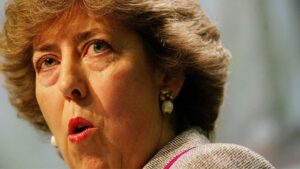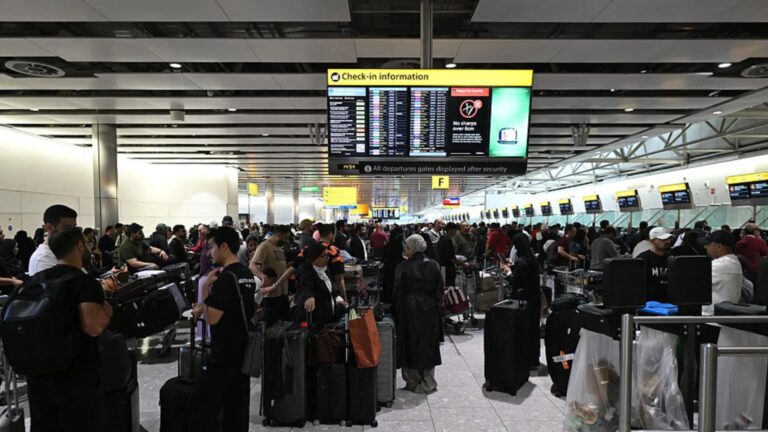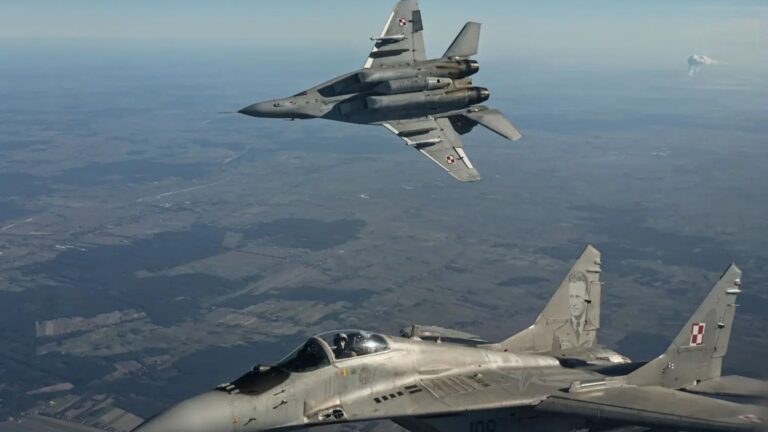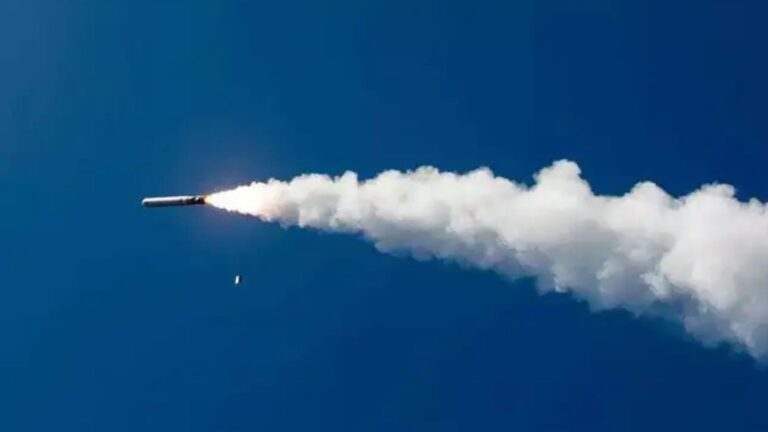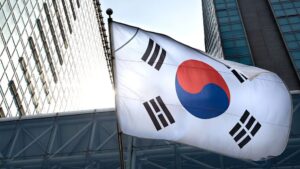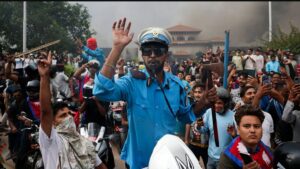
A Nation in Turmoil
Nepal has been plunged into one of its gravest crises in decades, as Generation Z–led protests escalated into deadly unrest in early September. Sparked by a controversial government ban on social media platforms, the demonstrations have now spiraled into broader condemnation of corruption, inequality, and entrenched privilege in the nation’s political class.
The situation turned tragic when the wife of former Prime Minister Jhala Nath Khanal died after being burned alive during an arson attack on her residence. In parallel, government buildings, including the Parliament, were set ablaze as clashes intensified.
From Social Media Ban to Nationwide Revolt
The protests began after authorities blocked major platforms such as Facebook, YouTube, and X (formerly Twitter), claiming they failed to register with regulators. For Nepal’s youth, the move was seen as suppression of free speech in a digital-first generation.
But the unrest quickly expanded beyond the ban. Widespread youth frustrations over high unemployment, corruption scandals, and privilege associated with political dynasties—often called “Nepo Kids”—fueled anger. According to World Bank data, Nepal’s youth unemployment rate reached nearly 20% in 2024, driving an exodus of over 2,000 young workers daily to jobs abroad.
Rising Death Toll and Resignations
By Tuesday, at least 22 people were confirmed dead and more than 200 injured after violent confrontations in Kathmandu and other cities. Security forces have reportedly used live ammunition, rubber bullets, and tear gas.
In a sign of the protests’ impact, Prime Minister KP Sharma Oli and several senior officials resigned Tuesday evening. The Interior Minister, Ramesh Lekhak, had stepped down earlier after mounting pressure. Despite these moves, demonstrators vow to continue their campaign until parliament is dissolved.
Calls for Calm Amid Escalation
The United Nations has weighed in, warning Nepal’s government against a heavy-handed response. UN High Commissioner for Human Rights Volker Türk urged restraint, stating: “Violence is not the answer. Dialogue, not force, is the only path forward.” Multiple governments, including the United States, the United Kingdom, France, and Japan, issued a joint statement supporting the right to peaceful assembly.
Still, local reports described army patrols forcing protesters in Kathmandu to kneel with their hands on their heads, underscoring the tense atmosphere.
Generation Z Leaders Speak Out
For many protesters, this is not just about free expression but about reclaiming Nepal’s future. Pabit Tandukar, a 22-year-old student, described being shot in the leg with a copper bullet while demonstrating outside parliament: “We were peaceful. At first, they used tear gas. Then suddenly, I was shot.”
Despite injuries, he insisted the movement demands “mass resignations” and deep political change. His words have been echoed by thousands of young demonstrators defying curfews and risking violent reprisals.
The Role of the Military
The Nepali Army, historically known for its firm response to dissent, was deployed in Kathmandu within hours of escalating protests. Roadblocks, curfews, and surveillance checkpoints attempted to contain demonstrators, but images of soldiers confronting young protesters sparked further anger.
Civil society leaders fear that militarization could deepen mistrust. International observers have stressed that security forces must abide by international human rights law when engaging with demonstrators.
International Response and Diplomatic Pressure
As protests spread, embassies issued warnings to citizens. The U.S. Embassy in Kathmandu confirmed curfew restrictions and suspended non-essential services on Tuesday afternoon. Advisories urged travelers to avoid large gatherings and anticipate disruptions across major districts.
Meanwhile, human rights organizations such as Amnesty International have joined the UN in calling for impartial investigations into deaths and abuses. Analysts believe sustained global scrutiny could pressure the Nepalese leadership to negotiate with protest leaders rather than escalate violence further.
Generation Z Rising: A Political Inflection Point
Nepal’s Generation Z considers itself uniquely positioned in the country’s history. Many protest leaders highlight the contrast between corrupt elite families and ordinary youth facing joblessness or forced migration. Kathmandu’s Mayor Balen Shah directly appealed to the young movement earlier this week, urging discipline, resilience, and readiness to “lead the nation.”
Observers suggest this moment could mark a generational turning point, redefining Nepal’s balance between state authority, youth activism, and democratic freedoms. Whether it ends in compromise or confrontation remains uncertain.



